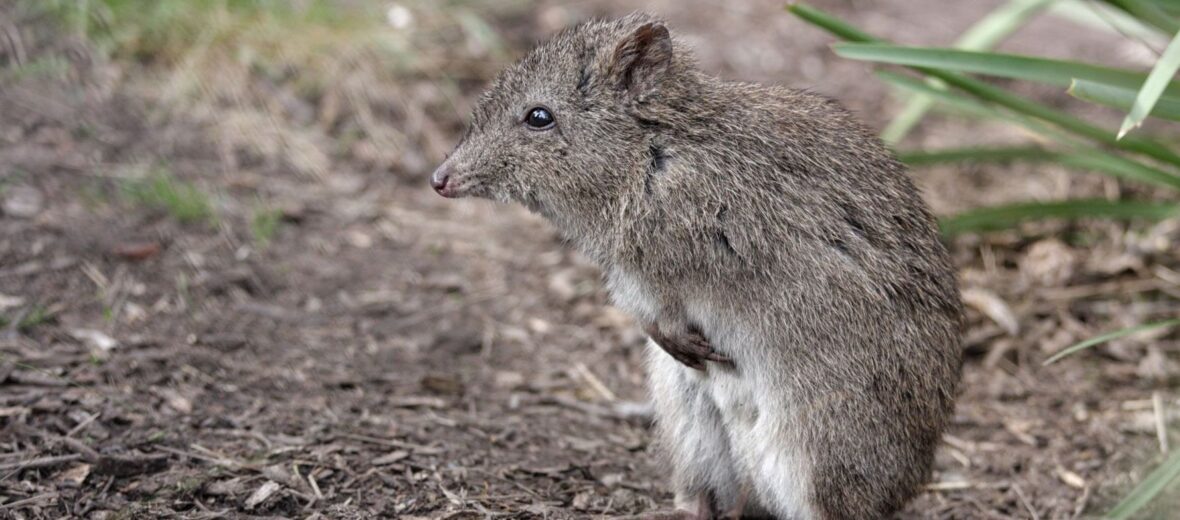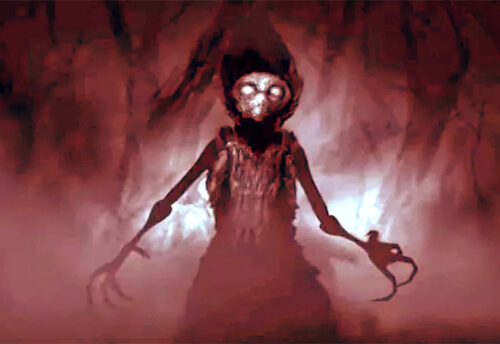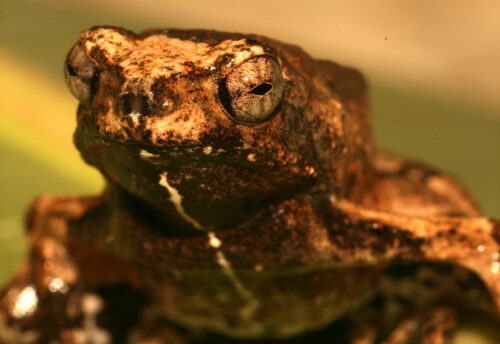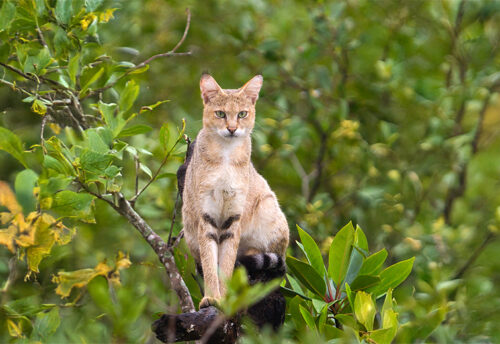
Potoroo is a common name for a species of Potorous, a genus of smaller Australian marsupials. There are 3 known species of potoroo in Australia. All three are threatened by ecological changes since the English came to Australia. 2 primary issues are predation by introduced species, like foxes, dogs, and cats. The other is habitat loss. The Gilbert’s Potoroo was discovered in 1840 by a naturalist named John Gilbert.
First the Stats…
Scientific name: Potorous
Weight: Up to 3.8 lbs.
Length: Up to 14 inches long, plus their 10.2 inch tail
Lifespan: Up to 12 years
Now on to the Facts!
1.) Potoroos are primarily nocturnal (active at night), resting during day in nests made from leaves and hiding under dense cover.
2.) They live in wet forests and wet scrubland. Dense understorey is essential for cover. Eucalyptus forests are also important because potoroos depend on fungi associated with these types of trees.
3.) The potoroo is solitary, except in captivity or when females are rearing young.
4.) Females carry nesting material with her tail as their tails are semi-prehensile.
5.) These critters are promiscuous (have multiple partners).
But wait, there’s more on the potoroo!
6.) Fungi makes up a large part of their diet in the wild, which also includes tubers, soil-based arthropods, seeds, fruits, and other vegetation.
7.) In captivity their diet consists of meal worms, crickets, and other insects, with chopped fruits, vegetables, grains, eggs, nuts, and seeds. Pet food is also provided.
Did you know…?
Pinstripe Potoroo is a minor antagonist in the Crash Bandicoot video game. He is depicted as a stereotypical mafia gangster wielding a Tommy gun. He is the fourth boss in the first game, and makes a reappearance in Crash Team Racing.
8.) They give birth to a single young after a gestation period of 38 days.
9.) These critters rear their young in their pouch, being marsupials, for 120 – 130 days.
Now a Short Potoroo Video!
Also, check out the Critter Science YouTube channel. Videos added frequently!
Want to suggest a critter for me to write about? Let me know here.



